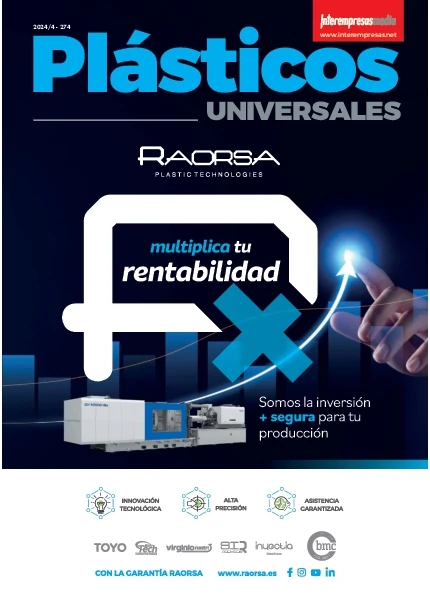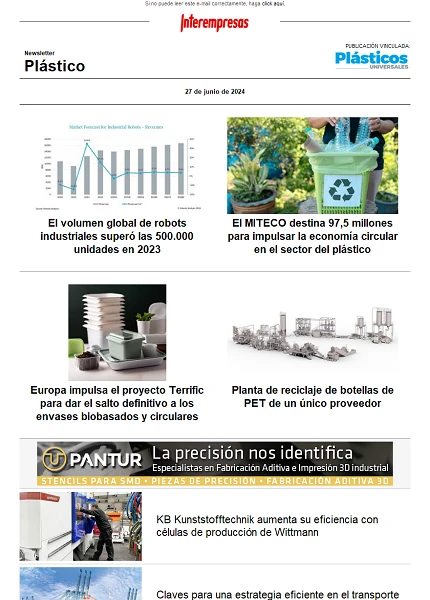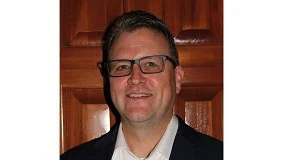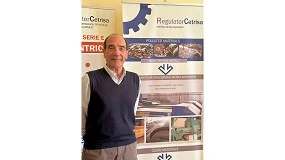Designing municipalities: safety in playgrounds
on April 20, 2011
Thus, all our parks should contain elements likely to be used by children, integrating different elements become areas of game; which they will have to consider the perspective of compliance with the rules of existing security enhancements that make it up, for both the surface on which they are installed.
These rules tell us about the requirements to be fulfilled the various equipment of game (such as swings, slides, zip, carousels, seesaws, multijuegos, three-dimensional networks and teams of game completely closed), so that their use involves the possibility of harm. Technical standards are trying to prevent situations that might be dangerous for children and which not can envision, concrete specifications on finishes, protections, etc.; or determining dimensions to reduce the possibility of any entrapment in any part of the game.
But just to give us a series of requirements for the equipment of game, also do so on the surface in the event of fall must absorb the impact. Based on a criterion of possible injuries, details specific specifications depending on the height of the different parts or elements of the game. And all this with a purpose: If there is the fall of a child, that this does not suffer an irreparable or at least important damage.
Because the child when he plays, falls or is pulled; and this is within the dynamics of the game itself. A children's playground should propose challenges children to stimulate their learning, within the possibilities of his age, but they should not to endanger your own child; being these risks which norm tries to avoid. Hidden risks, not provided for the child, which we must not confuse with the challenge it must offer the game.
It is important to note that these rules at any time seek to restrict the play of children in the studied game equipment, but that it affects the security of the same.
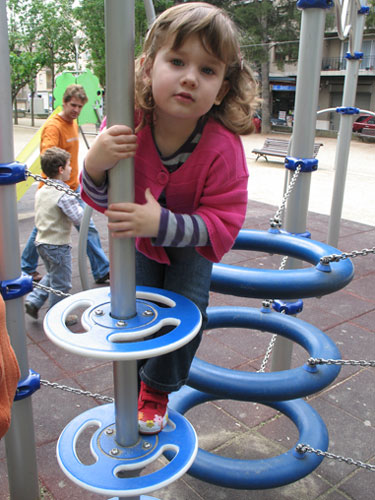
In Spain, the authorities have determined that you it's free application, which causes a huge gap legal; only the autonomies of Spain (decree 127/2001 of 5 June on security measures in the playgrounds of the Board of e Andalusia) and Galicia (Decree 245/2003 of 24 April, on security measures in the playgrounds of the Xunta de Galicia) have specific ruleswhich are compulsory in the context of their own communities, and in other cases there are municipalities which by Ordinance to regulate this matter.
Then, will be showcased the different standards, accompanied by their basic safety requirements.
UNE EN 1176-1 ' equipment in the areas of game and surfaces. Part 1: General safety requirements and test methods '
Specifies the General requirements for safety in the game equipment intended for permanent installation for child use, individually or collectively, such as structures multijuegos, swings, slides, carousels, trails, seesaws, totally closed enclosure game equipment and three-dimensional networksas well as the surfaces. This standard includes both the own area where it has installed the equipment, with the objective of ensuring an adequate level of security when you play in own equipment in the areas of game or in its surroundings and game equipment.
The standard includes a 'Safety requirements' section, which specifies materials (wood, metals and synthetic materials) that can be used for the construction of game equipment, but to refer to them with the rules not elaborates in excess. So says a series of generalities, that we have a special attention with regard to possible risks of toxicity of the coating of surfaces or when the team are ready to be used in extreme weather or atmospheric conditions.
In terms of materials that can be used in the manufacture of the equipment, the standard CITES:
- Wood and associated products
- Metals
- Synthetic materials
However, although they are not expressly cite does not mean that others are not appropriate, since you can use any other material that is similar to those indicated.
Another point to consider is the 'design and manufacturing'. At this point determining the dimensions and parameters that must be taken into account, depending on the characteristics of each team, when it is designed. At this point are studied different aspects, some of which we name below:
- The structural integrity, by the different building blocks of the equipment of game (barriers, platforms, railings, stairs, stairs, ramps, etc.).
- The dimensional requirements by protections (railings, fences and barriers).
- Verification of the finish of the team, in aspects such as for example, teams of wood should not be splinter, they should not stand out nails or endings that may present a risk of injury and endings should be rounded.
- The test methods to determine possible atrapamientos of head, neck, fingers, feet, body, clothes and hair.
- The determination of fall spaces and areas of safety for every game equipment.
- The determination of the height of drop for each equipment and study of the different materials of buffer.
- The dimensional and angle requirements of the different means of access, such as stairs, ramps, stairs and other accesses of climbs.
- The Foundation.
- The study of the documentation delivered by the manufacturer/distributor of the equipment in the area of game, such as data sheets, levels of installation, availability of spare parts, information of how to inspect and maintain each game equipment, etc.
UNE EN 1176-2 ' equipment in the areas of game and surfaces. Part 2: General safety requirements and additional test methods specific to swings '
Specifies the additional safety requirements for swings whose main function of game is swinging is.
In all the swings must be taken into account the safety distances set out in this standard. Especially it should be noted the distance between the seat or platform to the soil, the minimum space between the seats of the swings and the adjoining structure, the distance between the suspension elements and the distance between the points of support on the swing seat.
Seats, both platforms or structures, can not be appreciate breakage or deformation. Whether it's a swing of more than three seats, there should be a constructive element which restricts that more than two seats there is no for space of swings, avoiding that the child can run through the swing area when it is in use as well as the impacts of moving elements.
The structures of the swings may be bonded to other parts of the game, when specific measures to ensure that no activities are mixed, such as adding 1.5 meters to the area of movement, or separated with barriers or fences.
On the other hand, each swing seat must respect its own area of impact, it must have a length determined by the nature of the area of impact, and a minimum width, which will depend in turn on the width of the swing seats.
The different types of swings (with an axis of rotation, with multiple axes of rotation, with a suspension or multiple touch point) which have additional security requirements are discussed in this part of the standard.
The General rules of safety for the swings fundamentally desaconsejan totally rigid suspension elements, i.e. the metal bars.
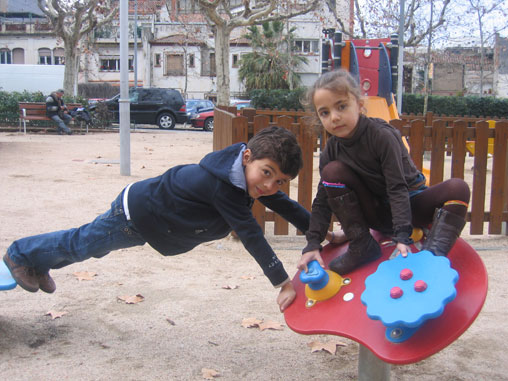
UNE EN 1176-3 ' equipment in the areas of game and surfaces. Part 3: General requirements for safety and additional test methods specific for slides '
It provides for the requirements of the slides, as an element whose game is slipping from a certain height, sitting by an inclined plane. It is a very valued by all children, especially by children who still not well controlled the balance. The level of difficulty varies depending on the height and slope of the same.
In this part of the standard are classified and defined the different types of slides (wavy, integrated in the relief, combined, helical, curved, aluminium, tunnel, combined tunnel and multitrack), establishing requirements in security of each one of them. With regard to the conditions of security described the requirements of the areas of access, the length and minimum angle of the section of home, the height and width of the protection section, and the width of the section of home and sliding. Analyses, also the height and composition of the side protections, angles of inclination and the length of the areas of sliding and height of the output section, which will depend on the length of the sliding section and the finish of this.
The design of the slides and the means of access to the home section must be designed in such a way that they avoid the entrapment of fingers and clothes.
UNE EN 1176-4 ' equipment in the areas of game and surfaces. Part 4: General requirements for safety and additional test methods specific to trails '
It is applicable to trails where children move on or along a cable by gravity.
The element of suspension, being part of the structure between the cart of displacement or seat or hold, must not be rigid and the material used for its manufacture must avoid the possibility of strangulation.
In addition to the requirements of safety, the maximum speed of the chariot of displacement and the suitability of the role of the ceiling should be determined.
UNE EN 1176-5 ' equipment in the areas of game and surfaces. Part 5: General requirements for safety and additional test methods specific to Carousel '
Specifies the additional safety requirements for carousels of diameter exceeding 500 mm, where the main function of the game is rotation.
A carousel is an equipment of playing area, for one or more users, rotating around from a central vertical axis without oscillation. The level of movement may be above or at the level on the surface of the installation. This rule, after defining the types of carousels (type A 'rotating Chair', B 'classic Carousel', type C type 'mushrooms rotating, suspension sliders', D 'of fixed route' type and type and 'giant rotating disc'), lays down different requirements of security depending on the type of carousel.
The standard also includes other technical considerations on inclination with respect to the vertical axis, the rotation speed, capacity, load, and additional safety requirements for different types of carousel.
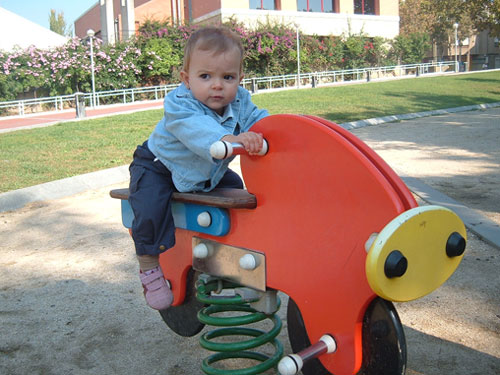
UNE EN 1176-6 ' equipment in the areas of game and surfaces. Part 6: General requirements for safety and additional test methods specific to beams '
Define rocker or team of balancing as one where the user can get moving the element from the existence of a component in the base allowing vertical movement or oscillation. This component can be of type wharf or another allowing a bascule swing.
The requirements of security are determined both by the type of rocker heights of fall, the maximum slope of the seat/platform and the free space on the ground to avoid possible atrapamientos.
To avoid severe impacts on the ground surface, often by manufacturers incorporate a damping system that avoids sudden reversal of the movement (for example, the use of a dock or other elements of buffer), or a stop effect spring which can launch the user avoiding and reducing the risk of spine injuries produced by shaking sudden.
Also establishes requirements for forms of profiles (silhouettes of animals, locomotion vehicles) that are used in this type of elements and requirements of the bathtub and footrest.
UNE EN 1176-7 'Guide for the installation, maintenance and use of equipment in the areas of game'
Another important rule which specify us how many inspections and maintenance done and like these should be carried out. This European standard is accompanied by a national standard UNE 147102 ' areas of game equipment. Guide for the implementation of the standard UNE-EN 1176-7 for the inspection and maintenance ', which aims to provide information without being exhaustive how to carry out inspections and maintenance by means of inspection and maintenance tabs. This document is a guide to informative, so any other procedure which guarantees a level of safety similar to that required by the standard UNE EN 1176-7 will be acceptable.
UNE EN 1176-10 ' equipment in the areas of game and surfaces. Part 10: General requirements for safety and additional test methods specific to game completely indoor teams '
It is applicable to the game completely indoor teams, defining them as equipment and structures, including the components and elements of construction, with or above which children can play in a three dimensional enclosure with inputs and specific outputs.
The purpose of this document is to provide additional security requirements to cover particular aspects of these structures, such as the routes of exit and escape, the visibility, the possibility of outdoor climbing, the walls/networks of containment in the area of securitythe resistance to the ignition, the specific equipment/components, such as slides with change of slope, elevated rail routes and ball pools, the linings of damping impacts, signposting, specific inspection and maintenance.

UNE EN 1176-11 ' equipment in the areas of game and surfaces. Part 11: General requirements for safety and specific additional test methods for three-dimensional networks '
It provides for the safety of the teams of escalation, which are composed of a set of flexible (for example, String, String, etc.), with geometric shape three-dimensional and elements designed to give way under the weight.
With respect to safety requirements, special care must be in the size of mesh, to prevent high heights of fall, and the convergent parties, on the possible atrapamientos of head and neck.
But just as they give us a number of requirements for the equipment of game, also do so on the surface of impact in the event of fall must be able to absorb the impact.
UNE EN 1177 ' coating the surfaces of the absorbers game areas of impact. Determination of the height of drop criticism '.
This European standard is based on the principles of security that are indicated in the EN 1176-1 standard for playgrounds equipment and provides a method for the evaluation of cushioning the impact of the surfaces intended for use in the area of impact.
For carrying out the tests according to this standard has been used the criterion of lesions in the head (HIC) of a tolerance level of 1,000, like upper limit on the severity of injuries that are not likely to have consequences that produce a disability or death. By choosing the HIC as a criterion for security measurement, the method only takes into account the kinetic energy of the head at the time of impact with the surface of the area of impact.
Currently it is estimated that 70% of the accidents that occur in the areas of game is due to the poor condition of the surfaces. There are a variety of available materials that allow cushioning the impact: rubber tiles, mats, sheets, continuous synthetic coatings (prefabricated or made in situ) and materials without cohesion (gravel, sand, shavings of wood, bark, etc.). In the event of natural coatings, as for example the sand, it must be renewed frequently to avoid is compacted, which limits its ability to buffer, and must be replenished daily to avoid the decrease in the required depth of impact damping. In this type of natural soil should pay close attention to the conservation and maintenance due to the possible presence of feces of animals or dangerous objects that can not be seen to the naked eye.
To avoid serious risks of injuries should be verified that the surfaces located around the games have adequate absorption and the required minimum depth to absorb impact energy. We must avoid hard as concrete, cement, asphalt or paving stone, little recommended in case of accident and surfaces at the same time very dangerous in case of crash from any game equipment.
In conclusion, we must say that when we design a playground we should do so thinking in children and offer fundamental aspects such as design, maintenance, installation, maintenance, etc. always conforming existing regulations and implementation.
In general, polymeric materials are characterised by low values of surface energy, caused by the absence of polar groups in the structure of the polymer. On many occasions it is necessary to carry out the modification of these properties to increase its surface energy and thus improve wettability characteristics. These treatments are mainly addressed to activate the surface for the inclusion of polar species either cause changes in the topography of the surface, so that you get an increase of roughness.
The treatment is performed through the implementation of a process (physical or chemical) that modify the surface of a material to improve surface properties, such as the painted, wettability, accession, etc., without affecting the General properties of the treated material. There are various applicable plasma treatments, depending on the article to deal with and the properties that you want to. All of them are treatments in dry, with a technology of organic matter, and can make great strides in improving techniques of final products provision and the minimization of process problems caused by raw materials of work.
For this reason, the strategic project 'Research and development for the improvement of the strength of the finishing technology of plasma', funded by the Conselleria d'Indústria, Comerç i Innovació (ref.) INIDIV/2010/63) and co-financed with Feder funds, it is aimed at consolidating the use of various existing technologies in the field in the juguetero and textile sector-specific applications. This project, led by the toy company INJUSA, is being developed by a Spanish consortium of r & d 2 technology centers and 10 companies in the plastics industries, textile and children's products and can provide greater value to the products of those traditional and relevant sectors in the Valencian Community.
The characterization of the changes caused by the plasma on various surfaces and materials and the knowledge of the mechanisms of action are the main points where focused work. Two parallel lines of work have been established: surface activation or treatments of plasma for improvement of the strength of finishes; and Plasmapolimerización or treatments of plasma deposition of functional thin layers.
Once applied the test tubes made with different materials studied treatments (polyethylene of high density and standard, polypropylene, polystyrene impact, polycarbonate, PET, natural and synthetic fibres, flexible substrates - fabrics, membranes, foam-, tissues, etc.) has been the characterization of the surface of the treated probes modification and the chemical changes occurring on the surface of the same. Thermal and mechanical trials have also been made to characterize the substrates and know their properties in order to better understand the changes in the surface.
With regard to the treated textile materials, the application of techniques of plasma at low pressure and plasma discharge Crown has led to increasing the hydrophilicity of treated materials, according to the contact angle. Also the potential degradation of textiles has been characterized before the treatment, determining that at times short not more than 5 minutes, there is the effect of surface degradation.



